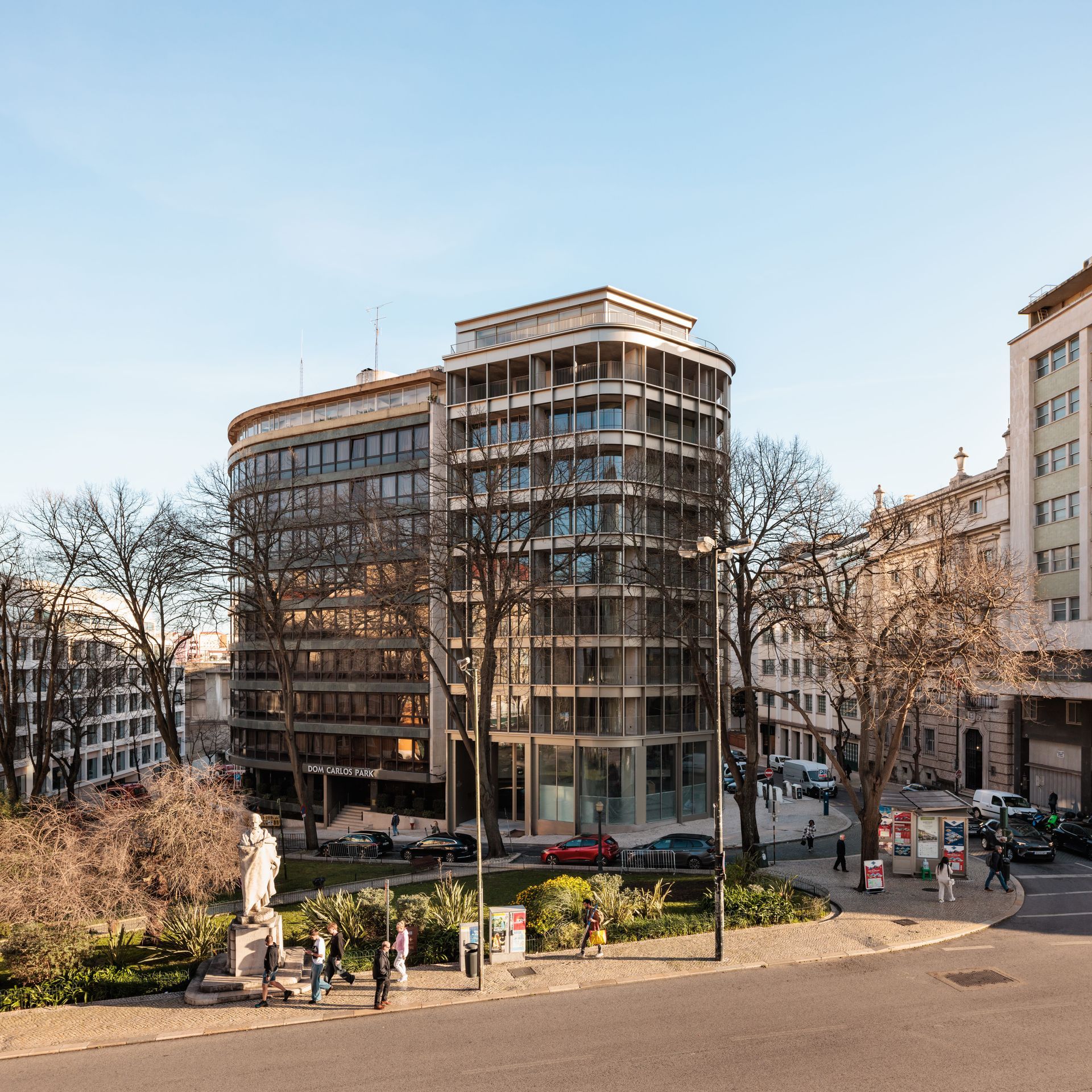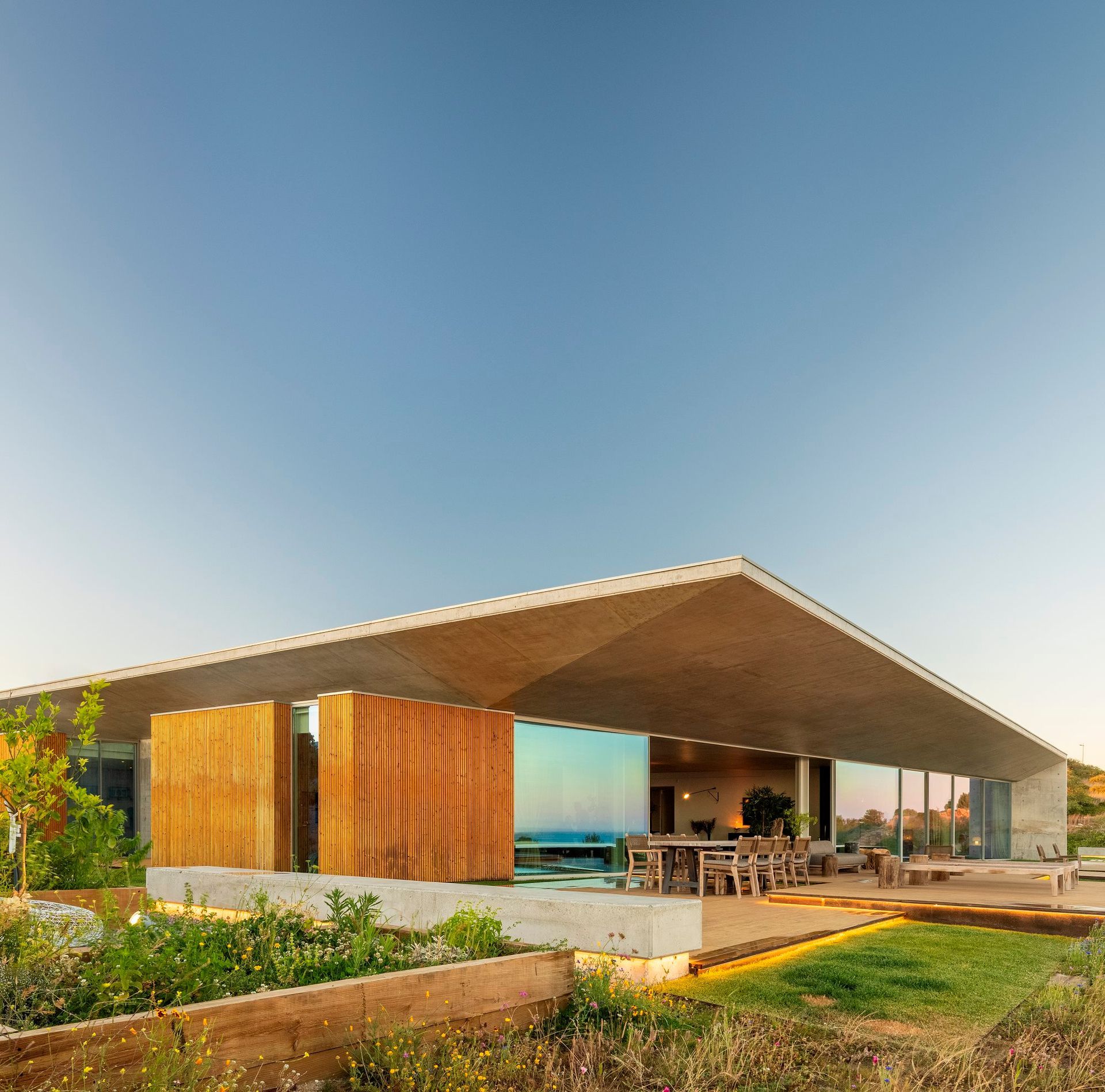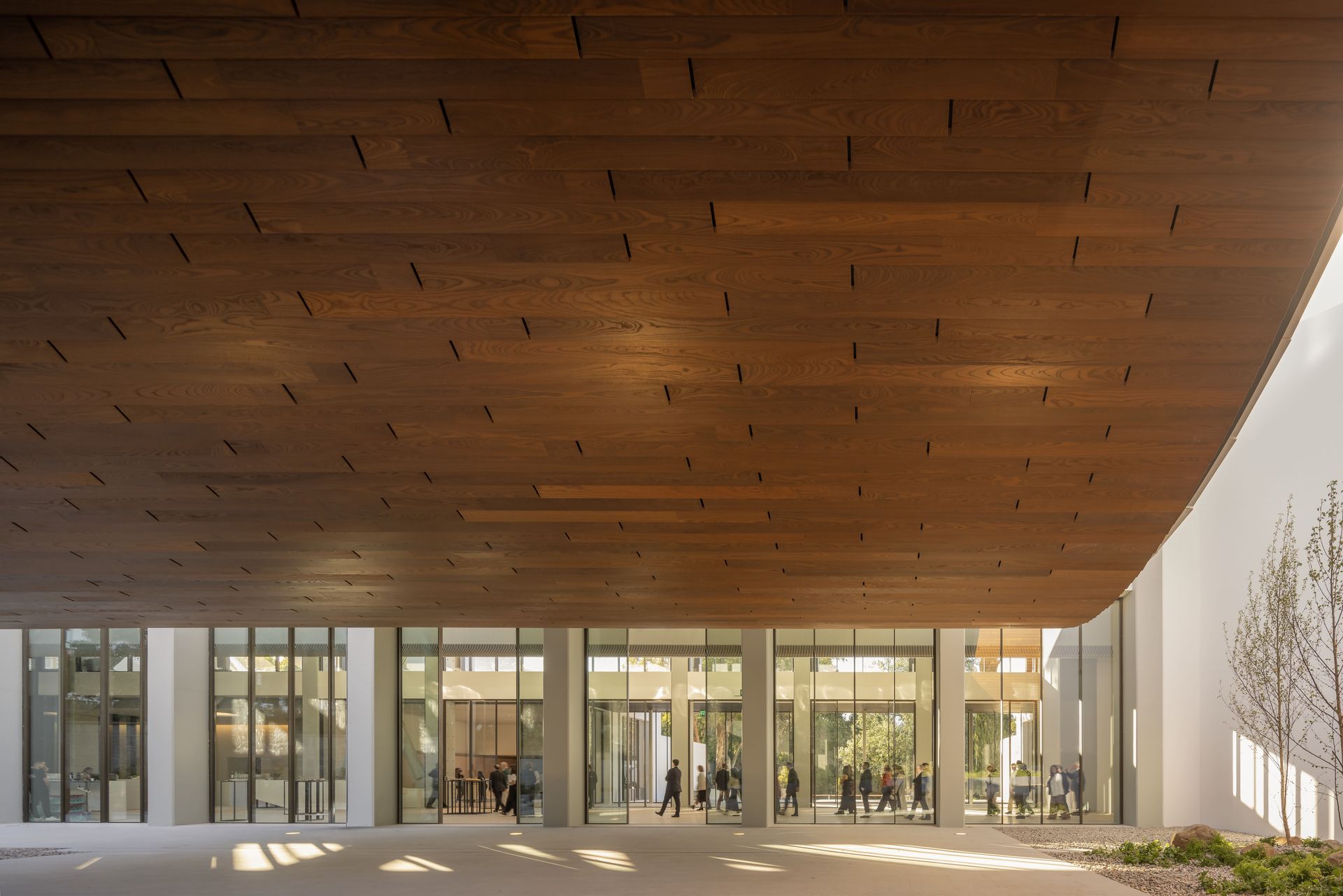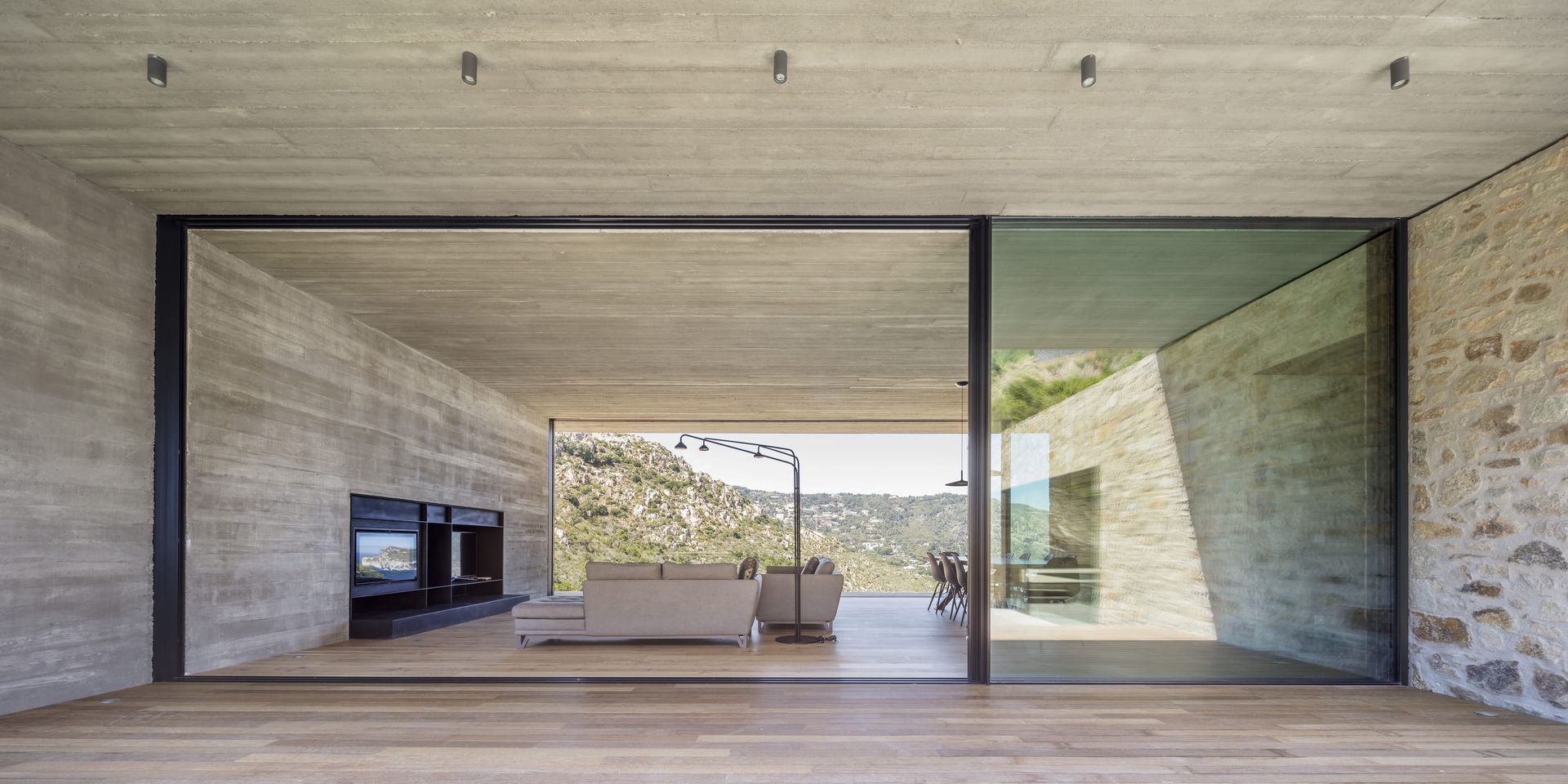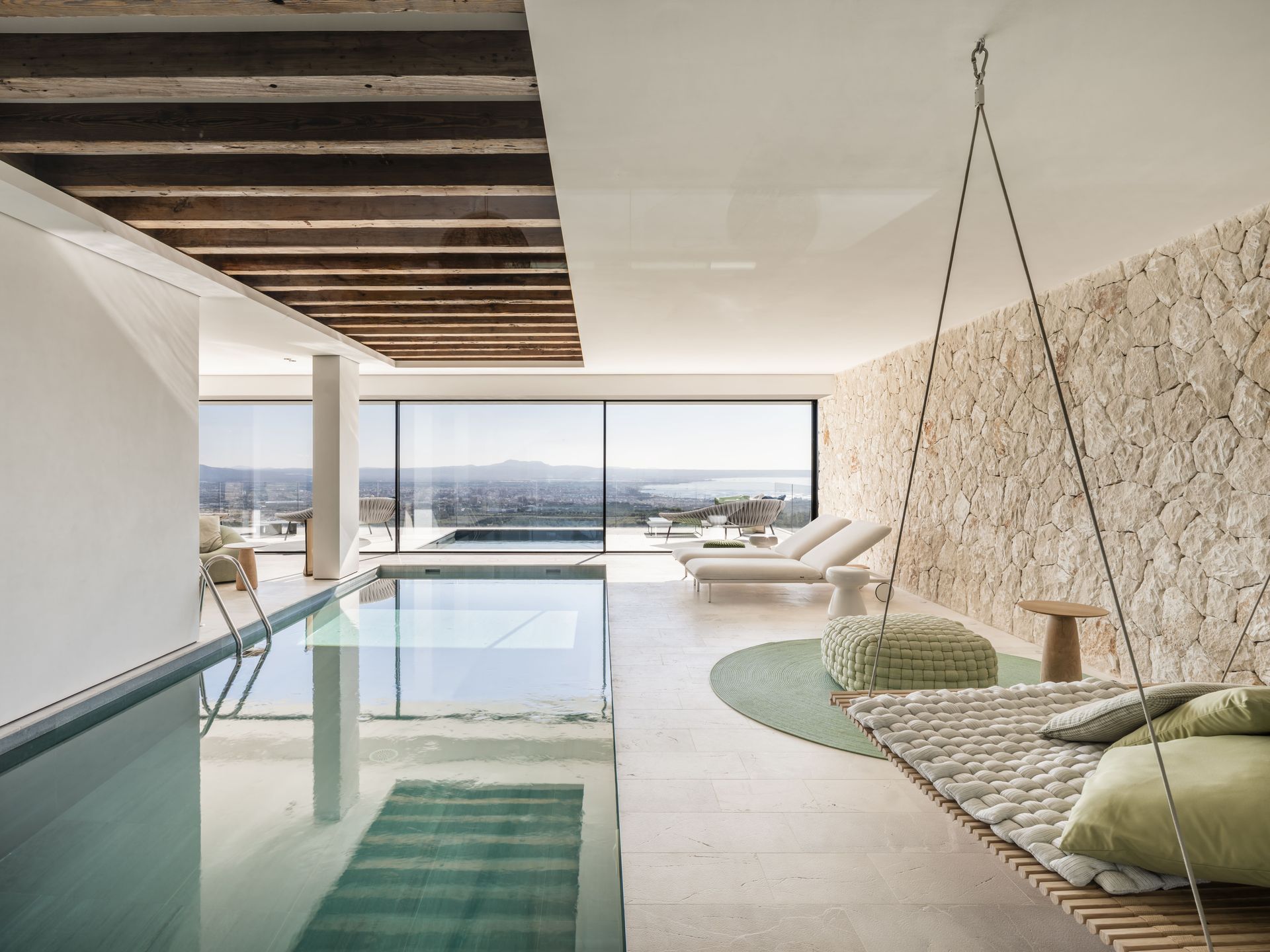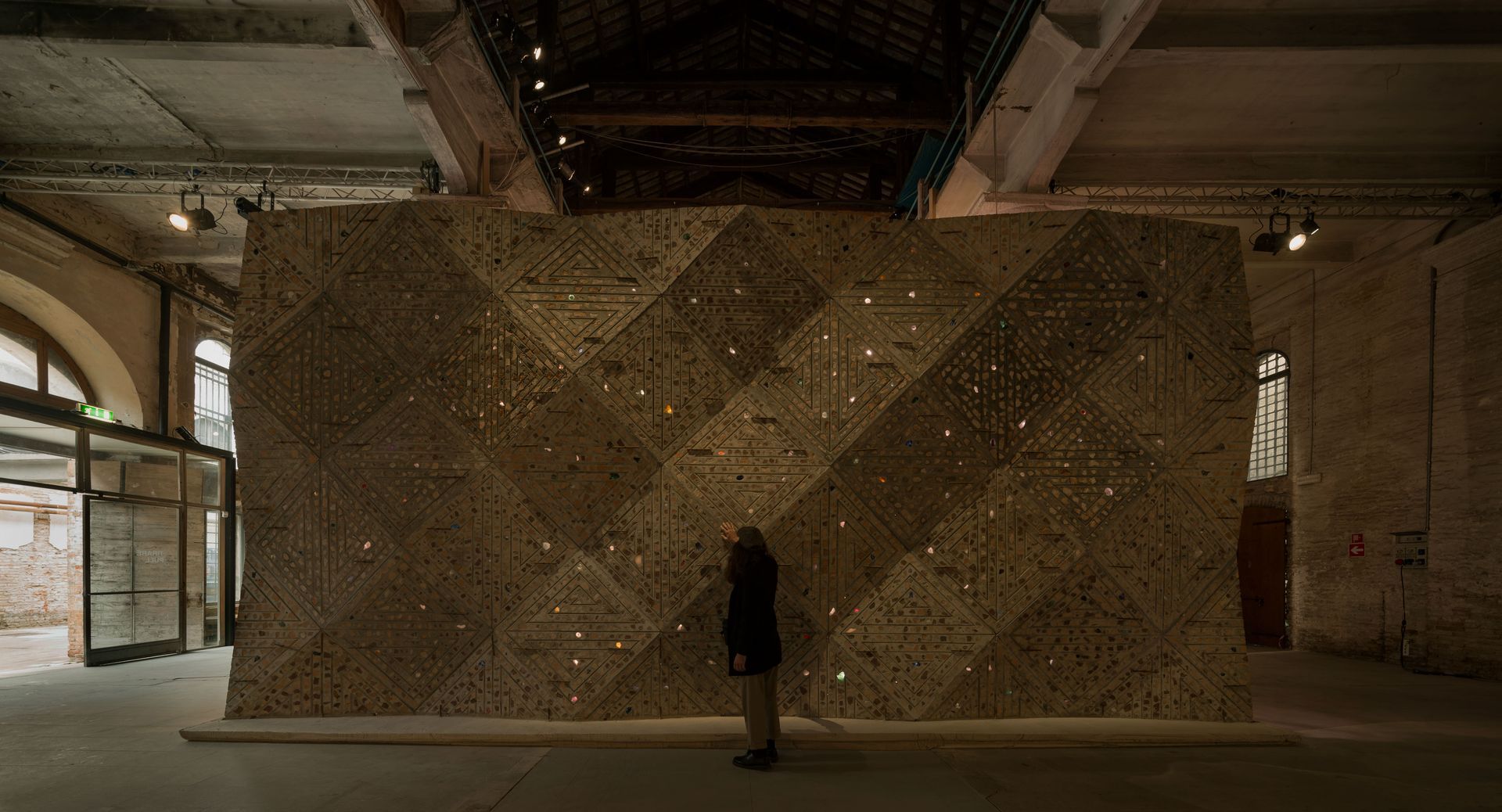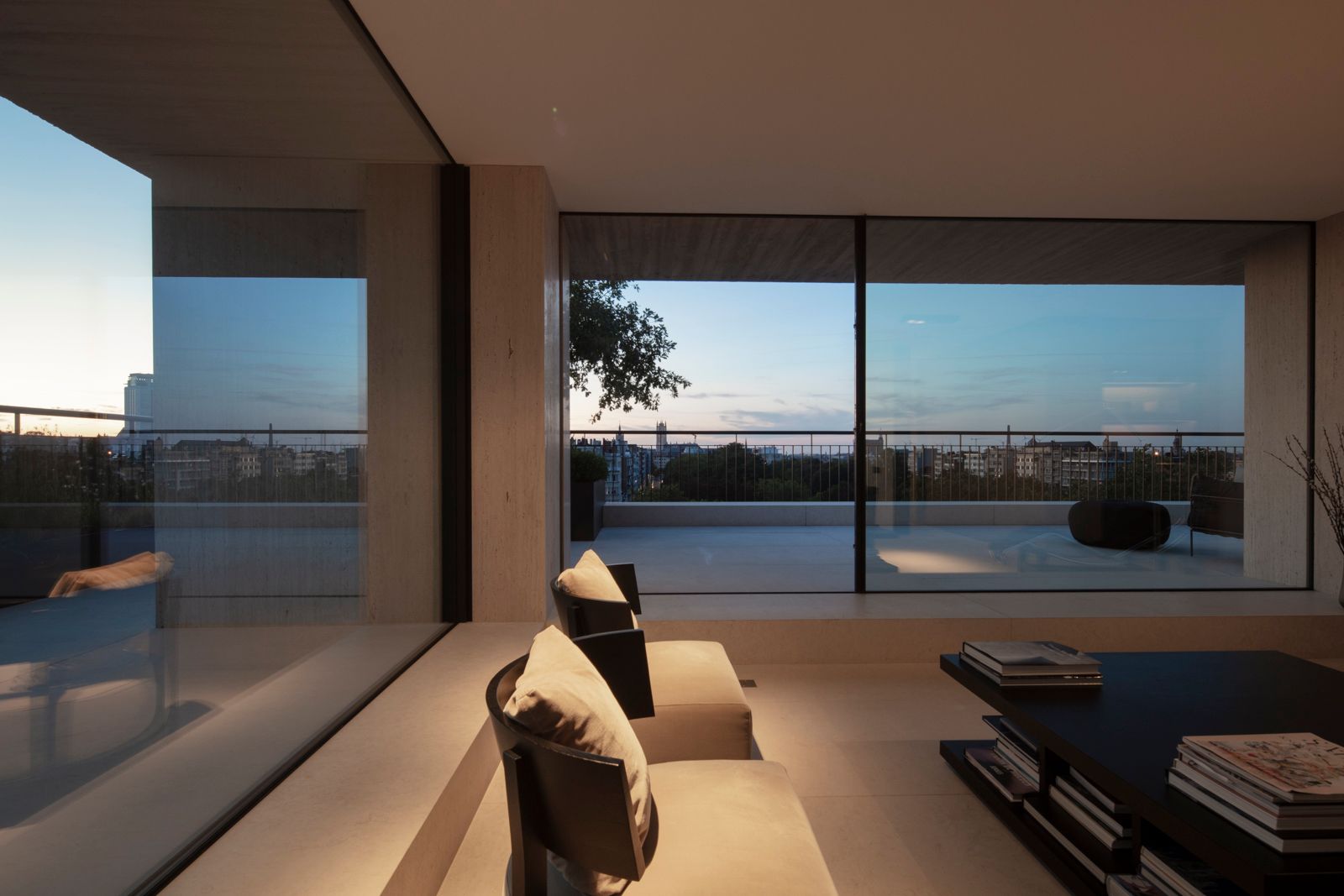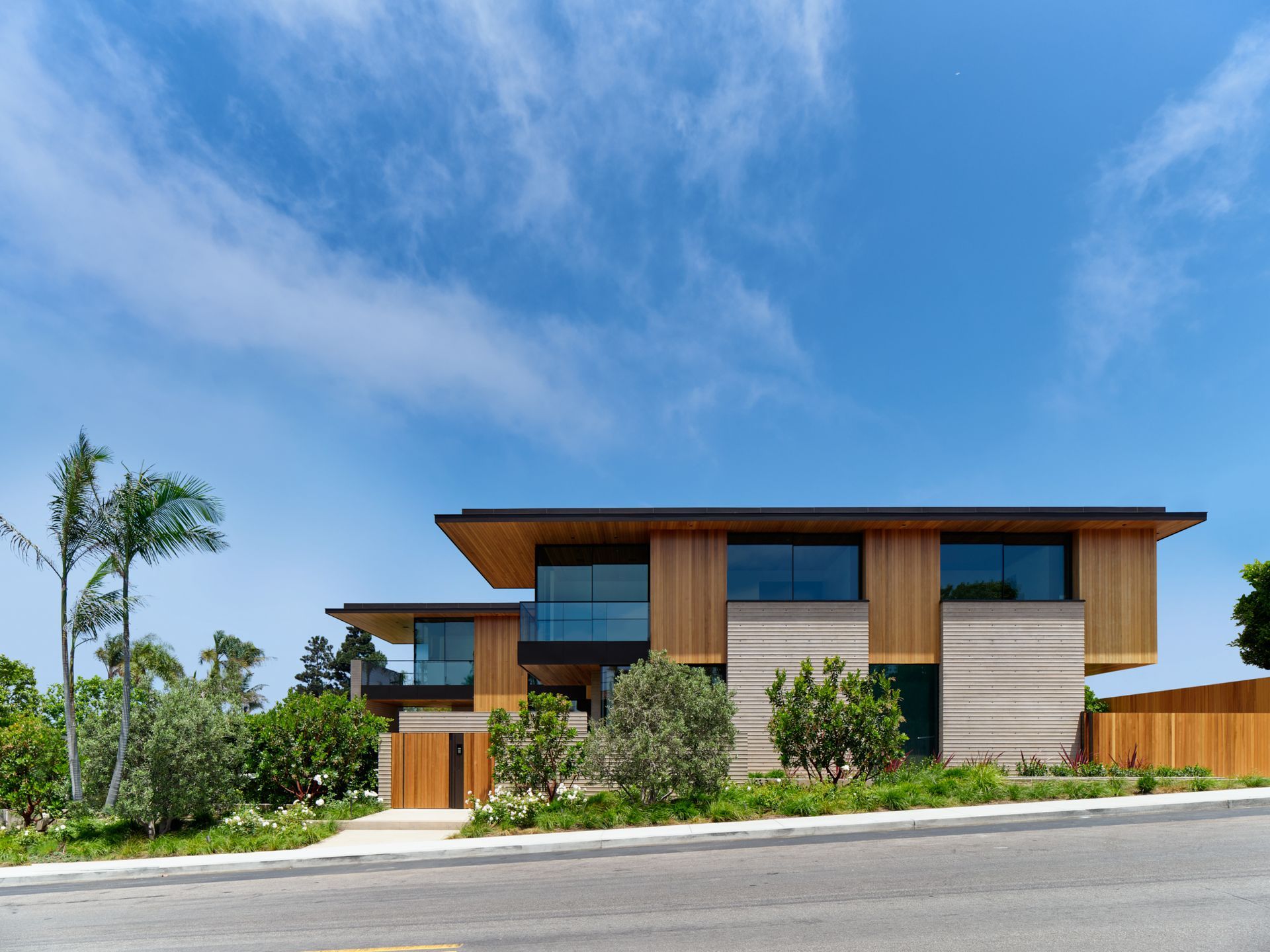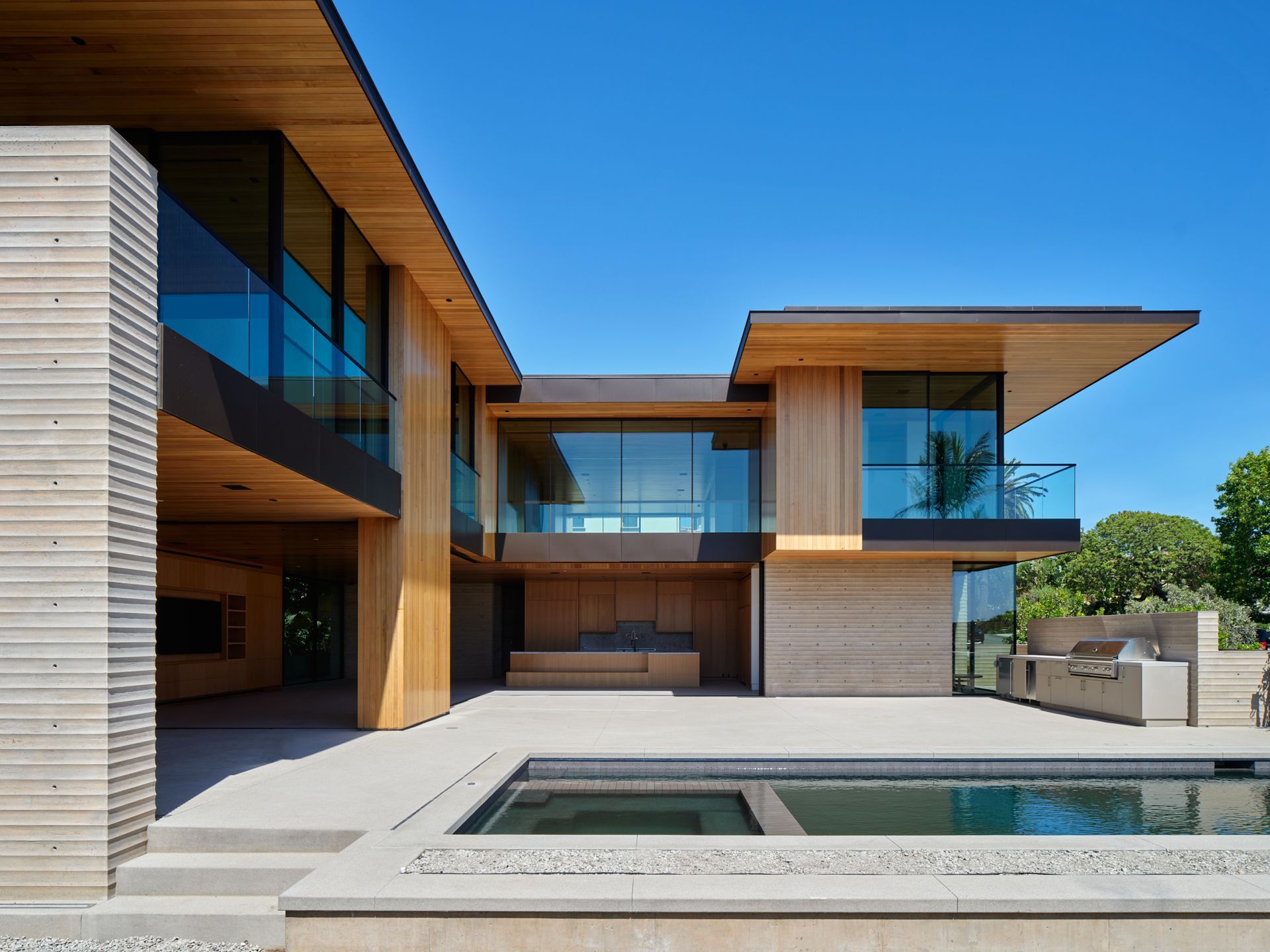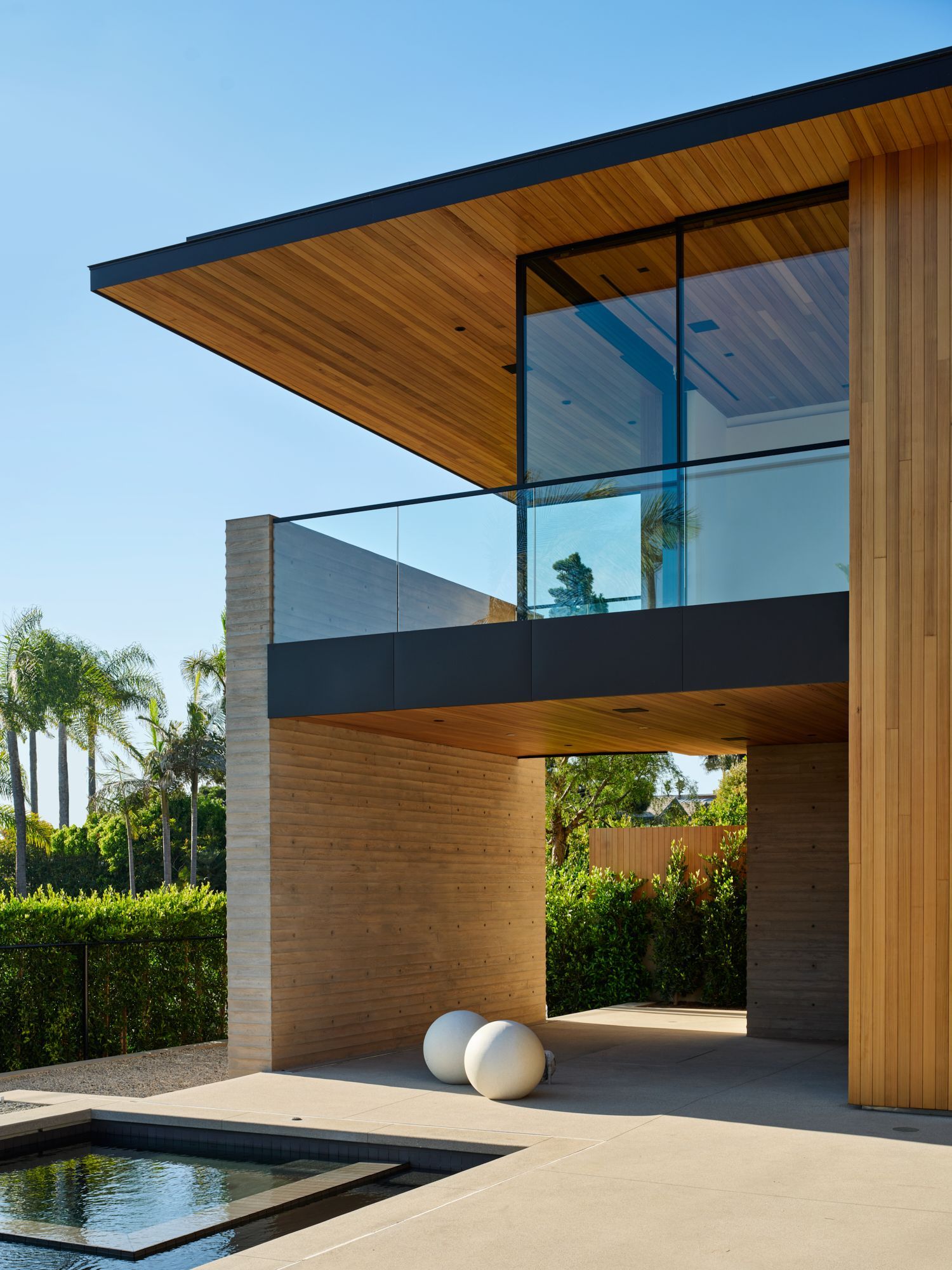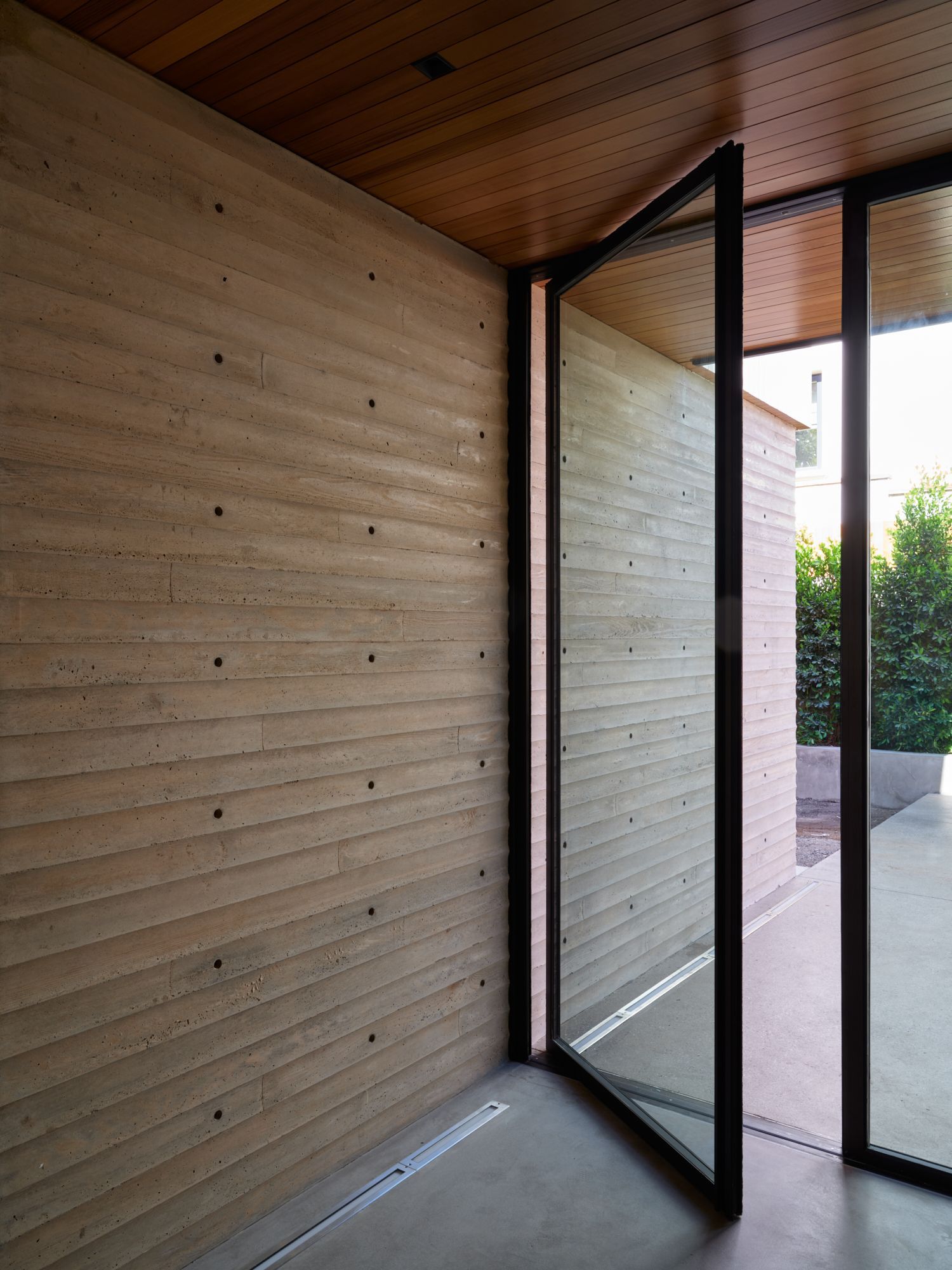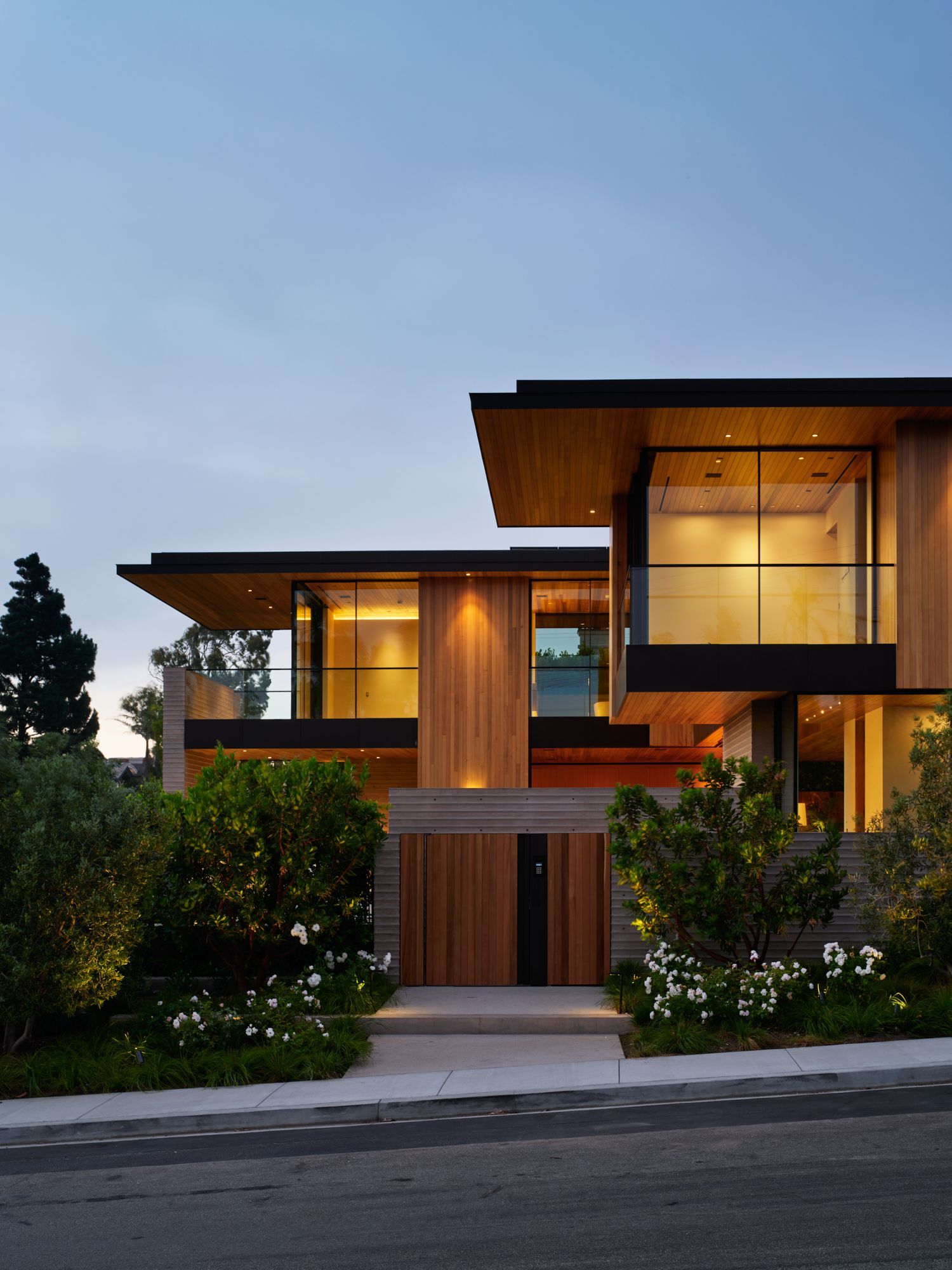A Conversation with Laney LA on the SC Residence
At the heart of every Laney LA project lies the pursuit of something greater, timeless yet undeniably fresh. In SC Residence, the Los Angeles-based studio partnered with OTIIMA to push boundaries in aesthetics and performance.
We sat down with the architects behind the project to discuss their approach, the power of collaboration, and how innovation can shape the cities of tomorrow.
A Practice Rooted in Time and Experimentation
For Laney LA, design is not simply a choice between old and new; it’s about finding the balance between the two.
“Our studio is constantly searching for a design that embodies timelessness and innovation. Timelessness includes staying power and that rare ability to remain relevant over time. Innovation feeds our curiosity as we are oriented toward noticing new ideas.”
This mindset requires continually questioning conventional design norms. Which rules are worth preserving, and which are meant to be broken? For Laney LA, the tension between the two is where meaningful architecture begins.
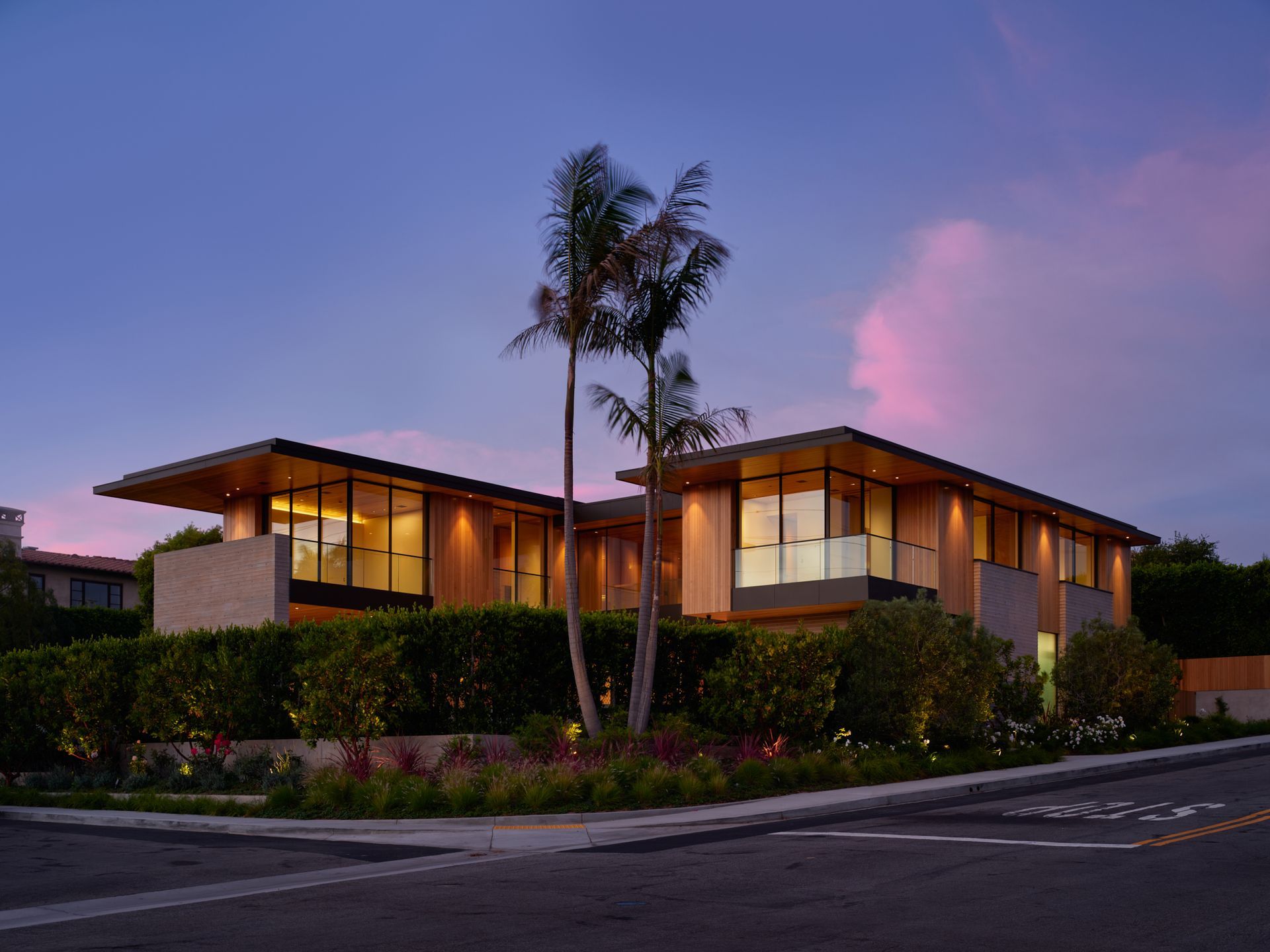
SC Residence ©Roger Davies
Material Expression as Identity
The defining element of the SC Residence is its scalloped concrete envelope, a bold, tactile surface that softens the traditionally rigid material.
“While architectural concrete is not a new technology, we obsessively explored ways to infuse a new sense of softness into its surface. The undulating pattern and rhythmic curves invite people to touch the walls.”
This unique expression called for intense collaboration across disciplines. The concrete serves structural and aesthetic purposes, integrating seamlessly with OTIIMA’s minimal window and door systems. The precision needed to embed motorized pocketing doors into scalloped walls was no small feat.
“The impact of floor-to-ceiling glass and the ability to make it disappear is compelling. The motorized pocketing doors and slender aluminum frames are vital to the project’s success.”
SC Residence ©Roger Davies
Place, People, and Purpose.
For Laney LA, architecture is never isolated. Their work is a conversation between place, people, and purpose.
“Projects that balance honoring context and thoughtfully critiquing it inspire us. We aspire to create architecture that embodies the city's spirit while introducing something unexpected into the dialogue.”
This philosophy is embedded in their process, from early concept to final detail, shaping buildings that are functional and socially resonant.
Design as a Team Sport
One of the studio’s core beliefs is that great design emerges from collaboration, not ego.
“Architecture is a team sport. The projects we create are not the product of an isolated genius but the passionate collaboration between diverse professionals.”
Laney LA fosters a design culture where ideas are shared freely, and hierarchy is replaced with mutual respect. The outcome is exceptional buildings and a stronger, more agile design process.
SC Residence ©Roger Davies
Transforming the Future of Architecture
As winners of multiple design awards, Laney LA is helping redefine architectural recognition, especially when it offers validation for clients and collaborators alike. However, for the studio, lasting impact remains the goal.
“The best architecture endures for generations. Although the process is often tedious, the results are relatively permanent and demand intense thoughtfulness.”
Their advice to the next generation of architects? Master the art of listening.
“Genuinely understanding someone is a powerful experience and can significantly influence our approach to design.”
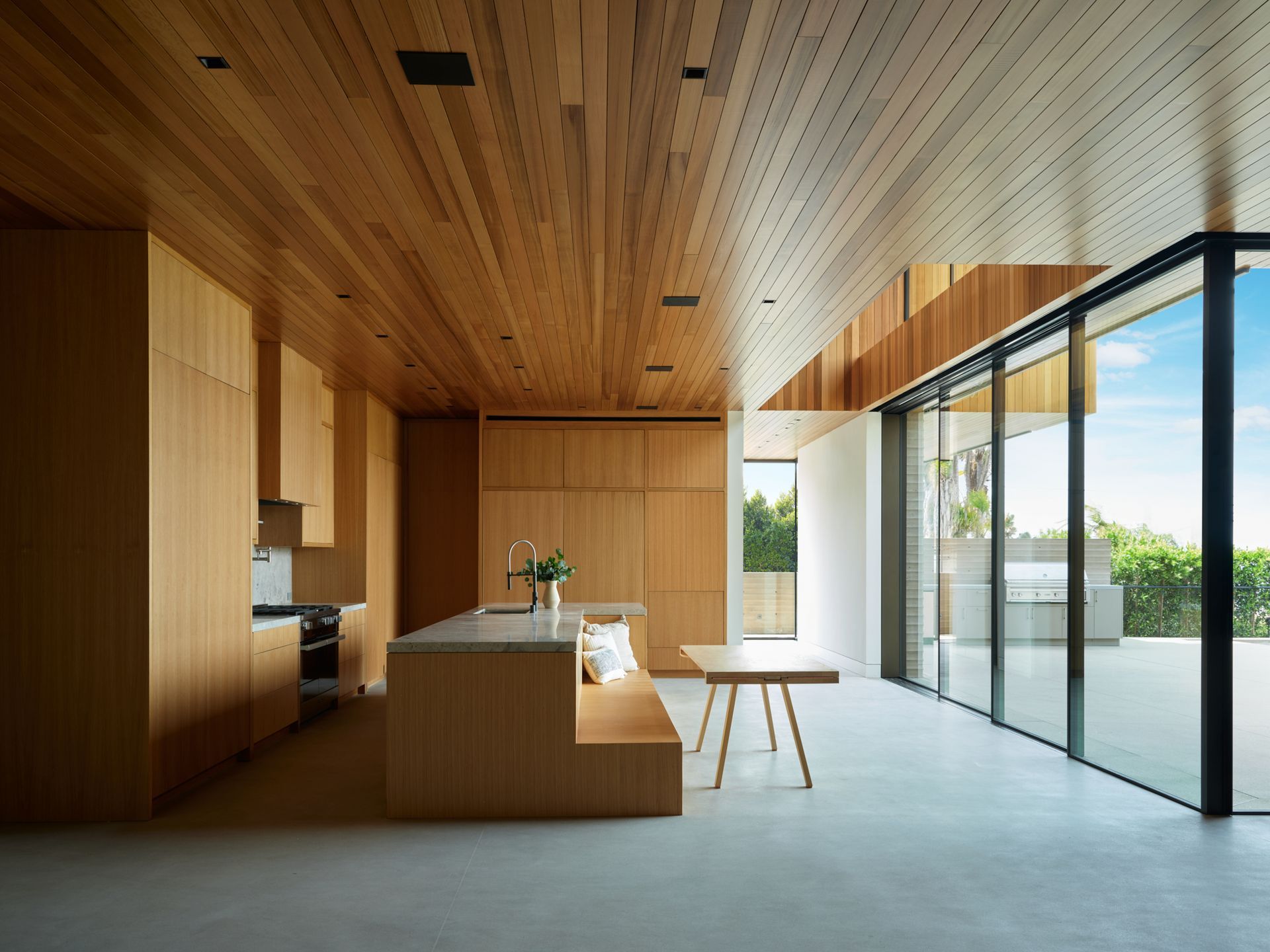
SC Residence ©Roger Davies
The SC Residence is a built expression of collaboration, curiosity, and craft. It invites us to question what’s possible when timeless design meets modern technology.

